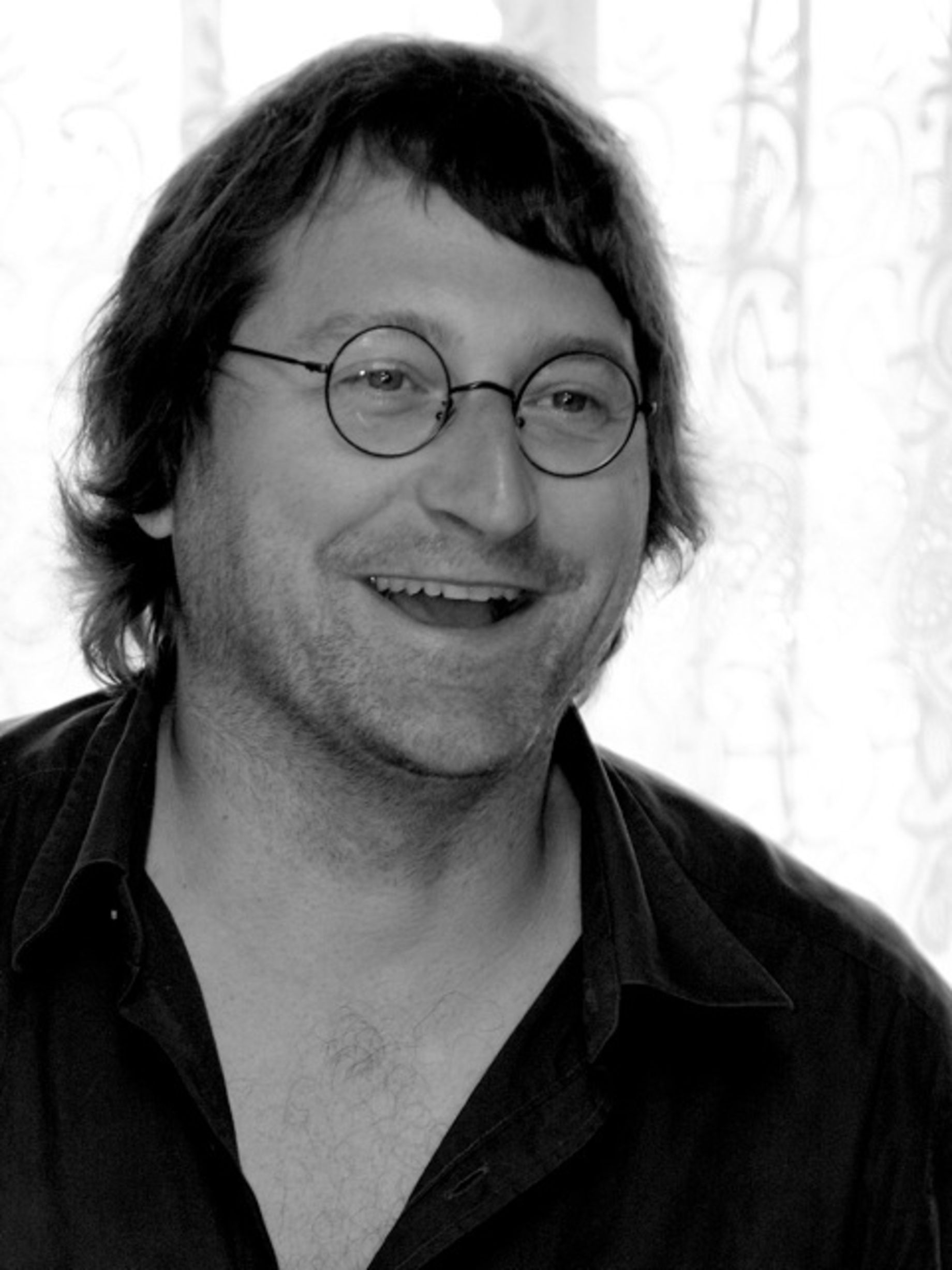Missionologies
Gilles Aubry's artistic research focuses on sound as a medium for Evangelization and religious discourse in the context of several charismatic churches in Kinshasa and Berlin. The project includes field investigations on discursive, performative and technological aspects of music performances and preaching during religious services, as well as issues related to the religious appropriation of acoustic space within the urban sound environment. In addition, the discourses and practices elaborated in various religious TV and radio stations related to the churches is given attention.
Informed by auditory cultural studies and his own artistic practice, the research consideres musical and acoustic productions not only from a formal or speech-based content perspective, but also from significant elements of sound resulting from specific social and spatial practices. These practices can have both religious and secular dimensions.


